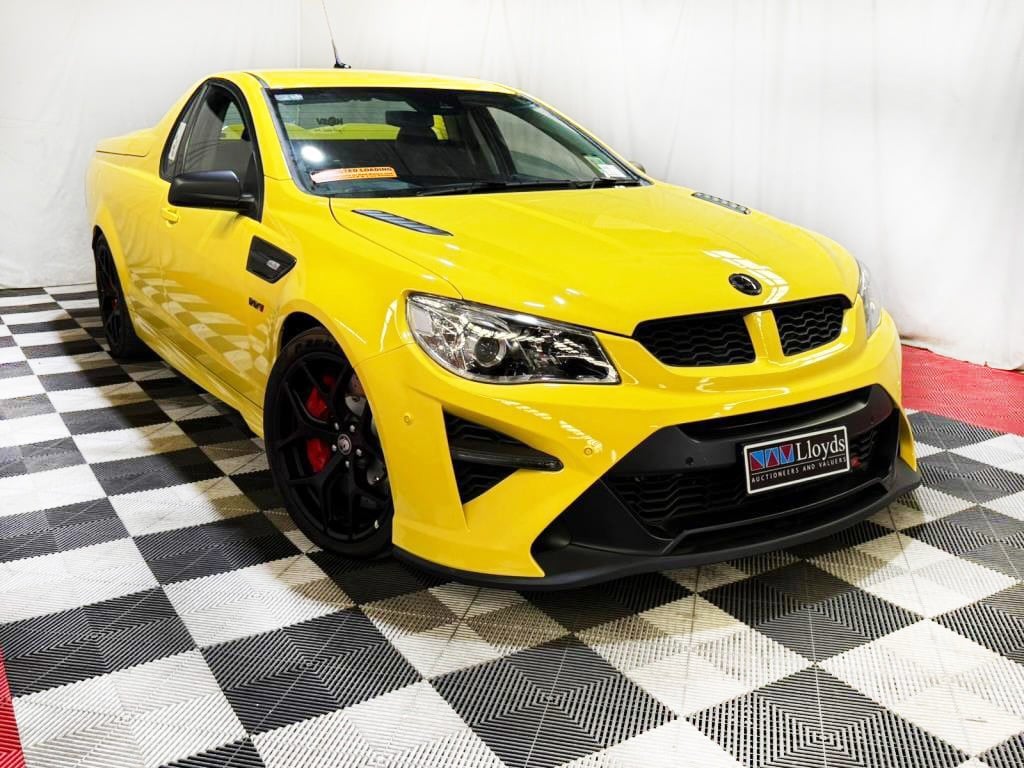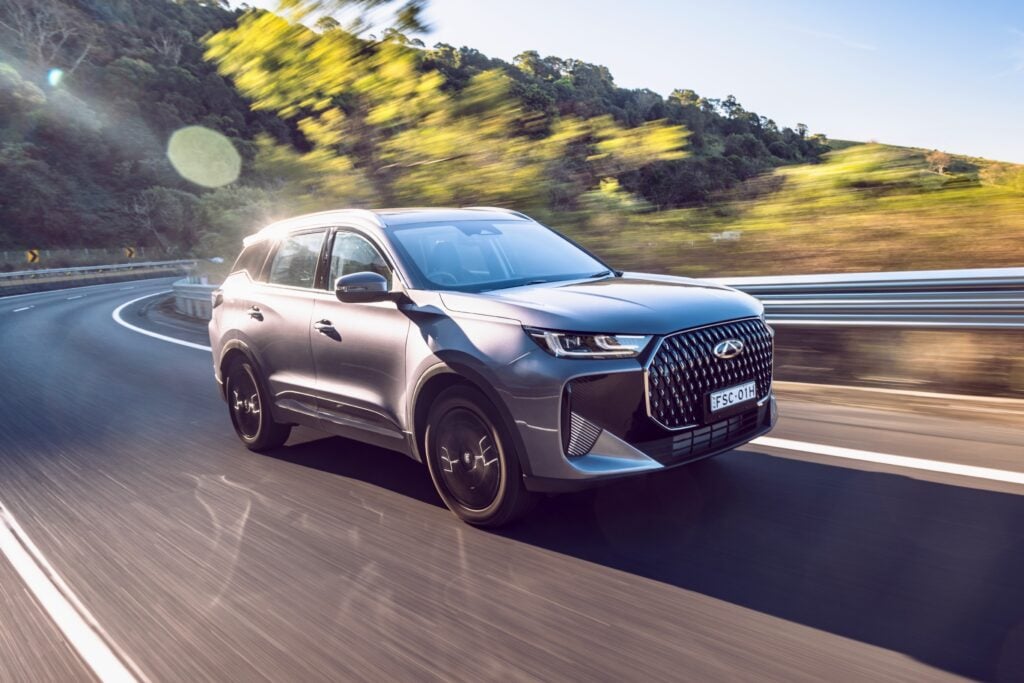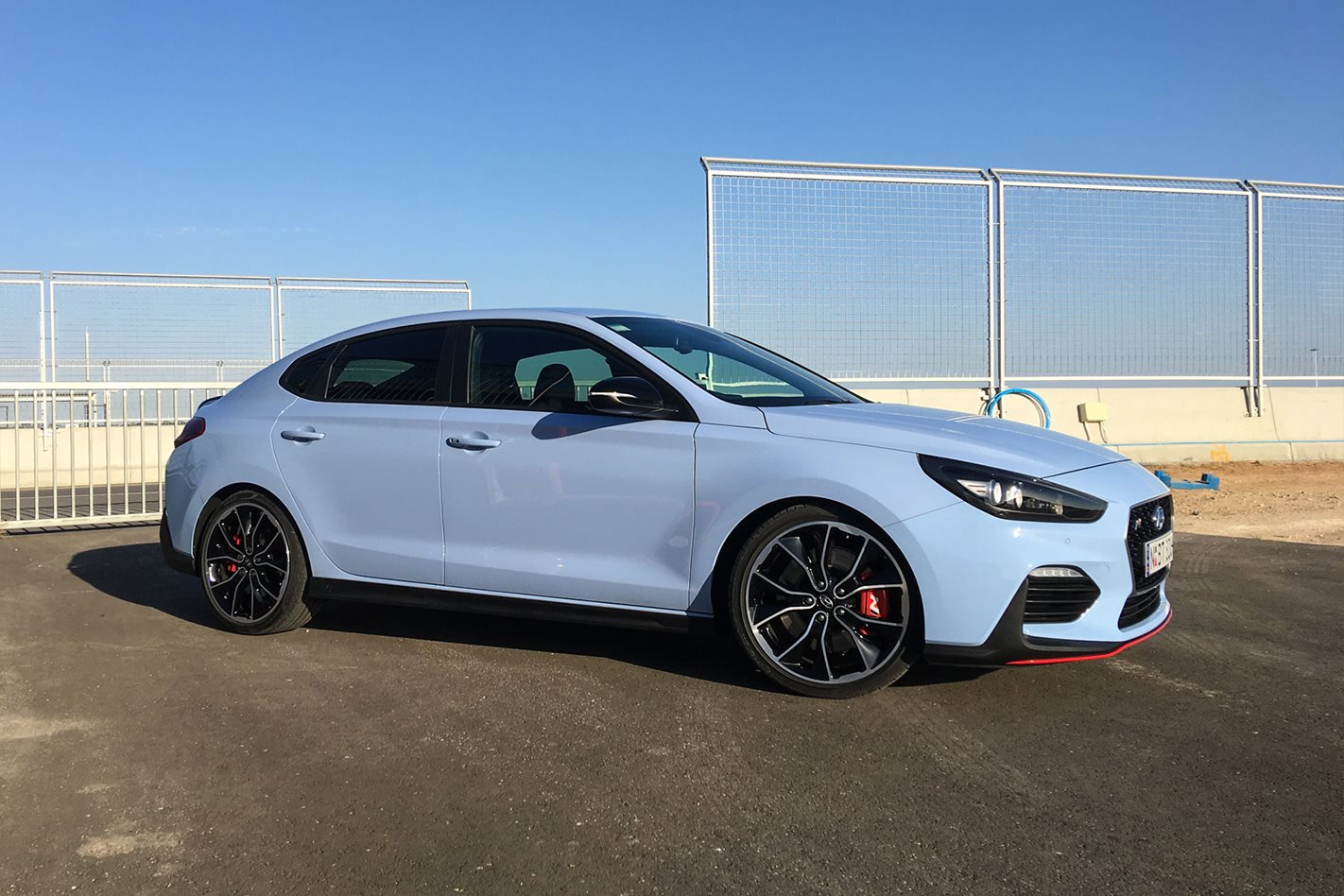
Hyundai Australia has made a name for itself for retuning the suspension set-ups of virtually every Hyundai emerging from head office, and the new i30 Fastback N is no different.
In fact, the new fastback turned into something of a test bed for the i30N hatchback, which will be facelifted during 2019 to reflect the updates baked into the fastback’s suspension set-up.
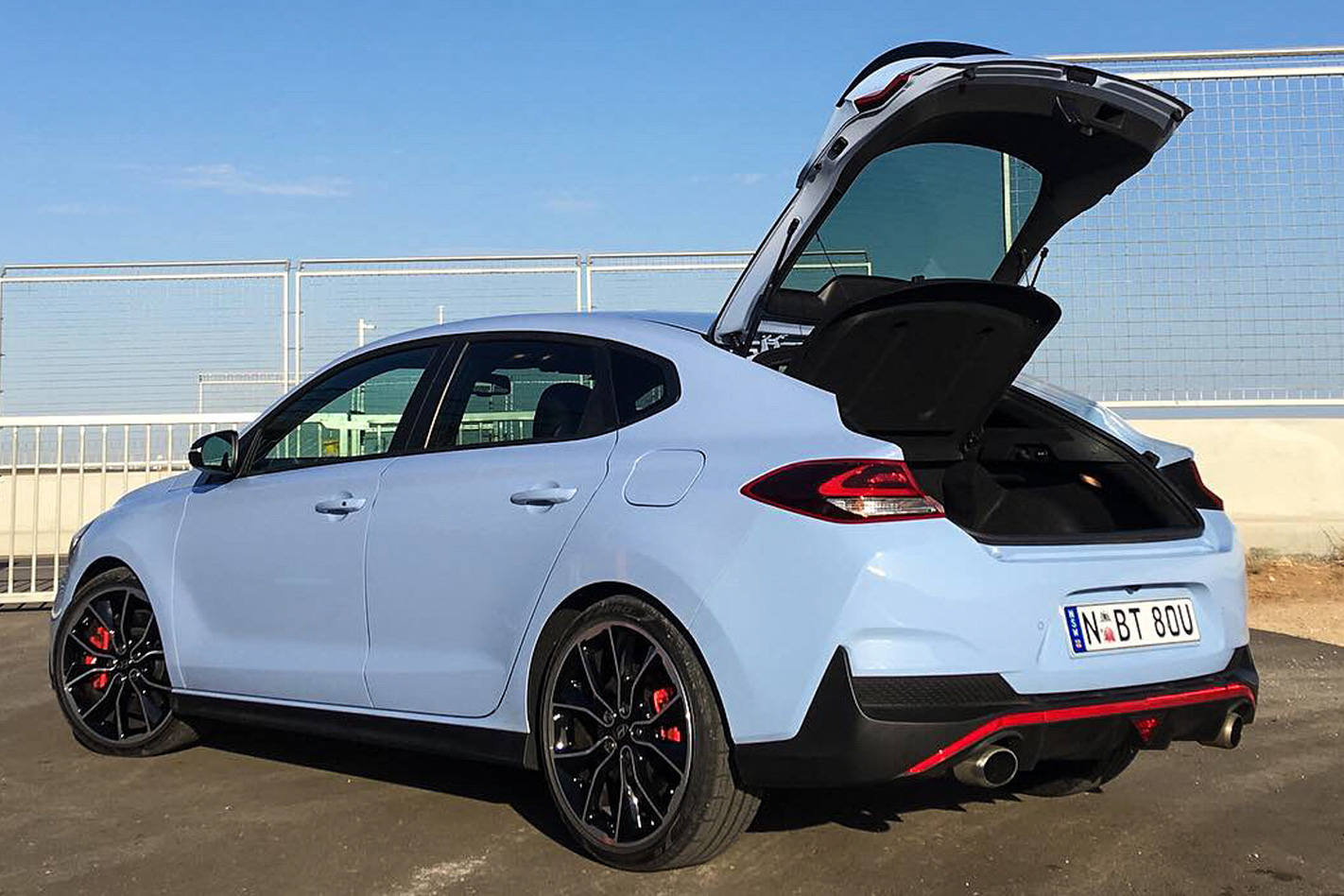
The basics of the two cars are essentially the same; front and rear track widths and the wheelbase figures are the same, though the centre of gravity of the fastback is lower, it’s 12kg heavier and 120mm longer from the rear wheel to the rear bumper.
Hyundai Australia’s senior product manager Andrew Tuitahi told WhichCar that while he and his team, which includes renowned suspension expert David Potter, managed to convince head office – and Hyundai N supremo Albert Biermann – that a softer front set-up would work better for Australian conditions when compared to the European tune, they’ve taken it a step further with the Fastback N.
“You will feel a difference,” he said. “I think the fastback will give you a slightly broader comfort window so it will be a little bit more comfortable on the road, a little more pliant. It has to do with the front hardware change.
“The hatch will feel a little bit more immediate. It’ll definitely feel a little more playful up front, but I think once you transition through the [drive] modes on the fastback, when you get to N [mode], the two cars will feel pretty similar in terms of their character. The fastback might give you a little bit more lift off oversteer and playfulness on the track. The Australian-tuned hatchback to fastback is an evolution, but they’re related.”
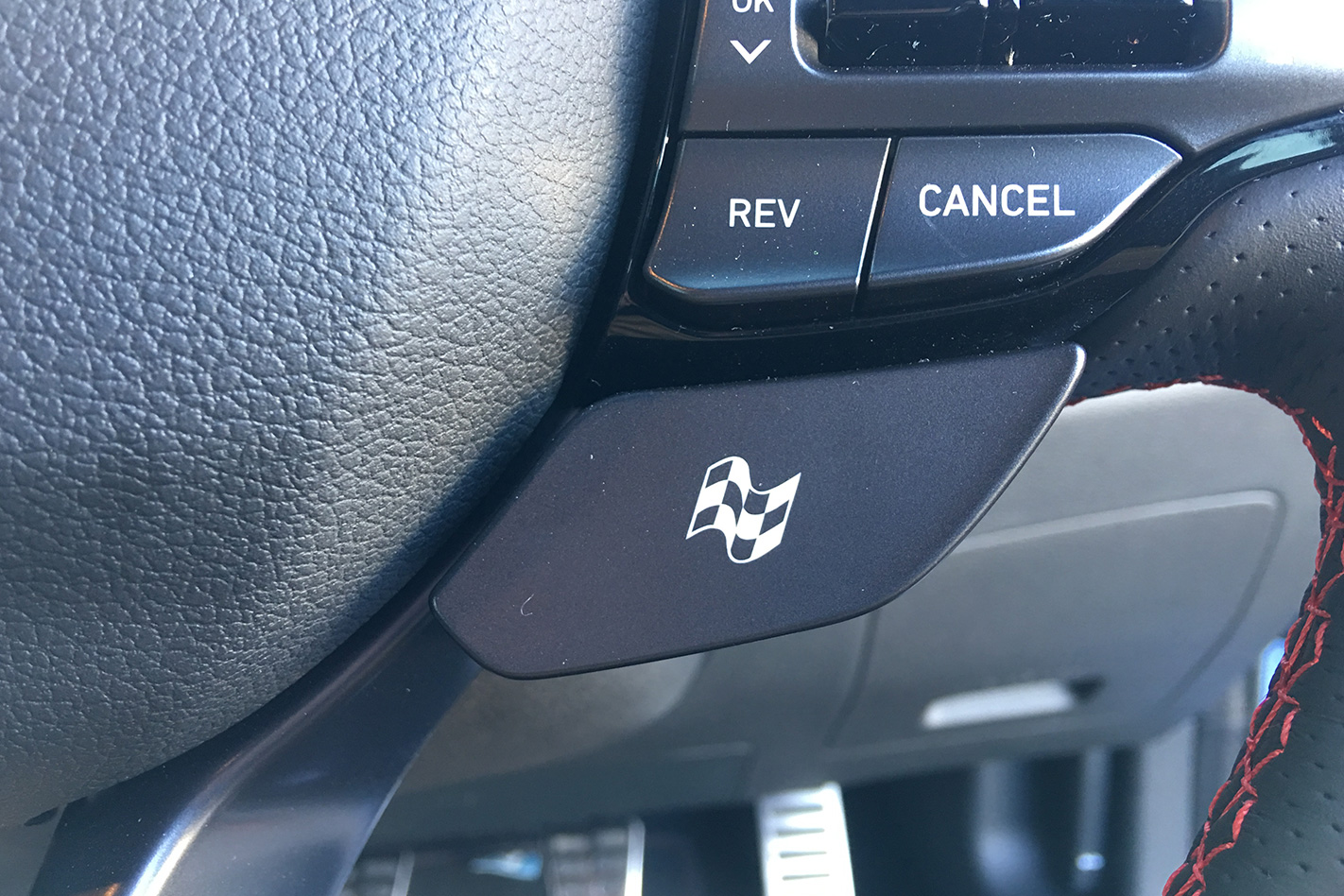
Mechanical updates to the MacPherson strut front/multilink rear end are minor but meaningful, according to Tuitahi.
“There are a couple of slight differences,” he said. “There’s a softer front [roll] bar, and a lower front spring rate. The bushes in part of the shock absorber and in some of the mounts have been sleeved a little bit different, as well, for extra rigidity.”
Tuitahi explained that Hyundai has also added a second pair of springs to the tops of the front MacPherson strut assemblies. Known as helper springs, they’re partly designed to soften the ‘top-out’ of the shock shaft when it reached full extension.
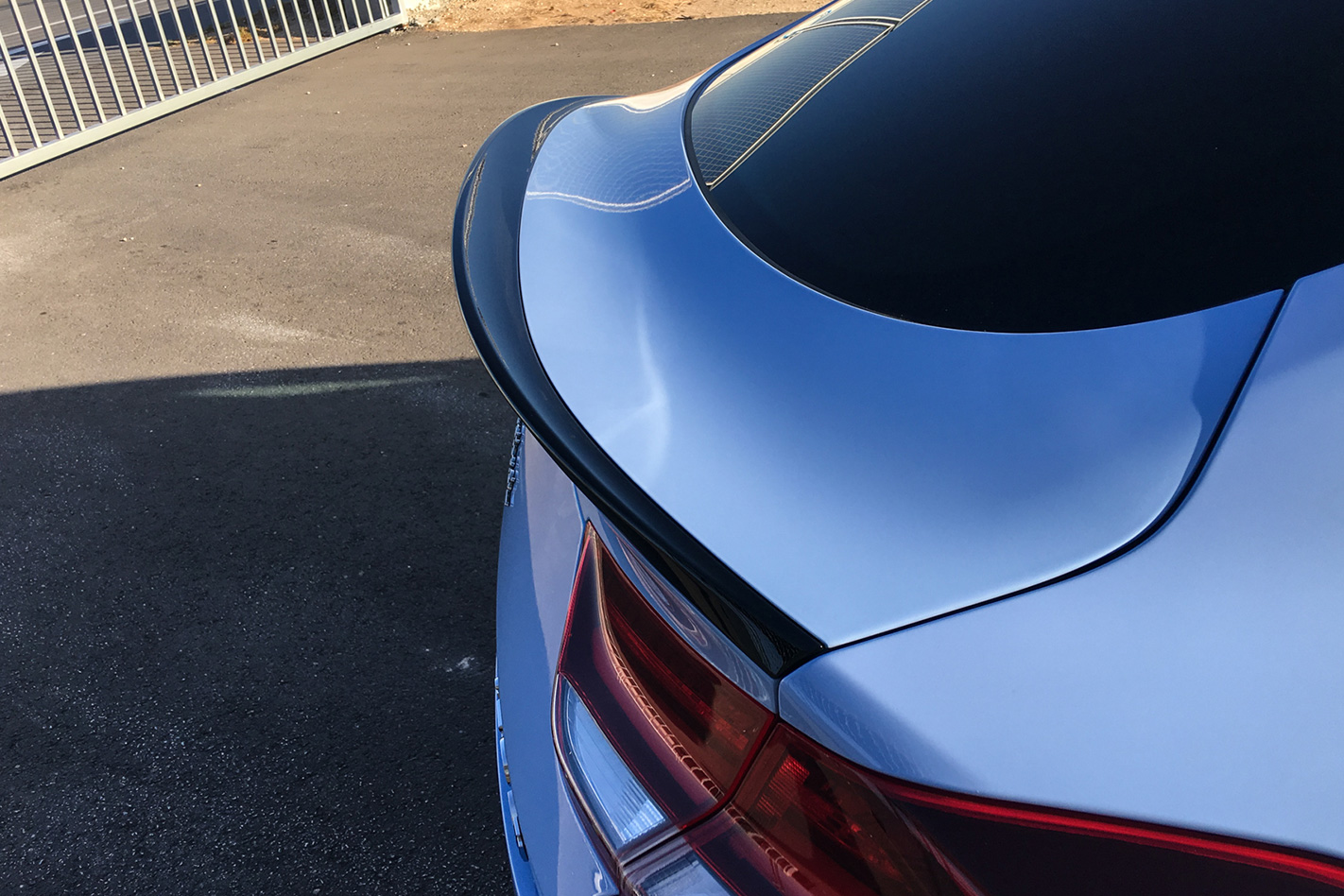
“The spring is only this big [holds thumb and forefinger 25mm apart],” he said. “The effect that it has in the car in terms of response is noticeable because the rebound stroke is immediately leaning on that spring. It’s a big difference in feel. It also helps with top out; it comes a little softer into contact with the bump stop.”
When it comes to the difference between a good and great chassis set-up, the role of the damper, or shock absorber, can’t be underestimated. Tuitahi reckons there are 30 or 40 sets of dampers on the shelves of Hyundai’s head office in ride that are all essentially identical in construction but different in ride feel.
The use of new spring rates and the new front anti-roll bar meant that the adaptive dampers – which firm up when subjected to an electrical pulse, thanks to iron filings in the damping fluid – also needed to be tweaked.
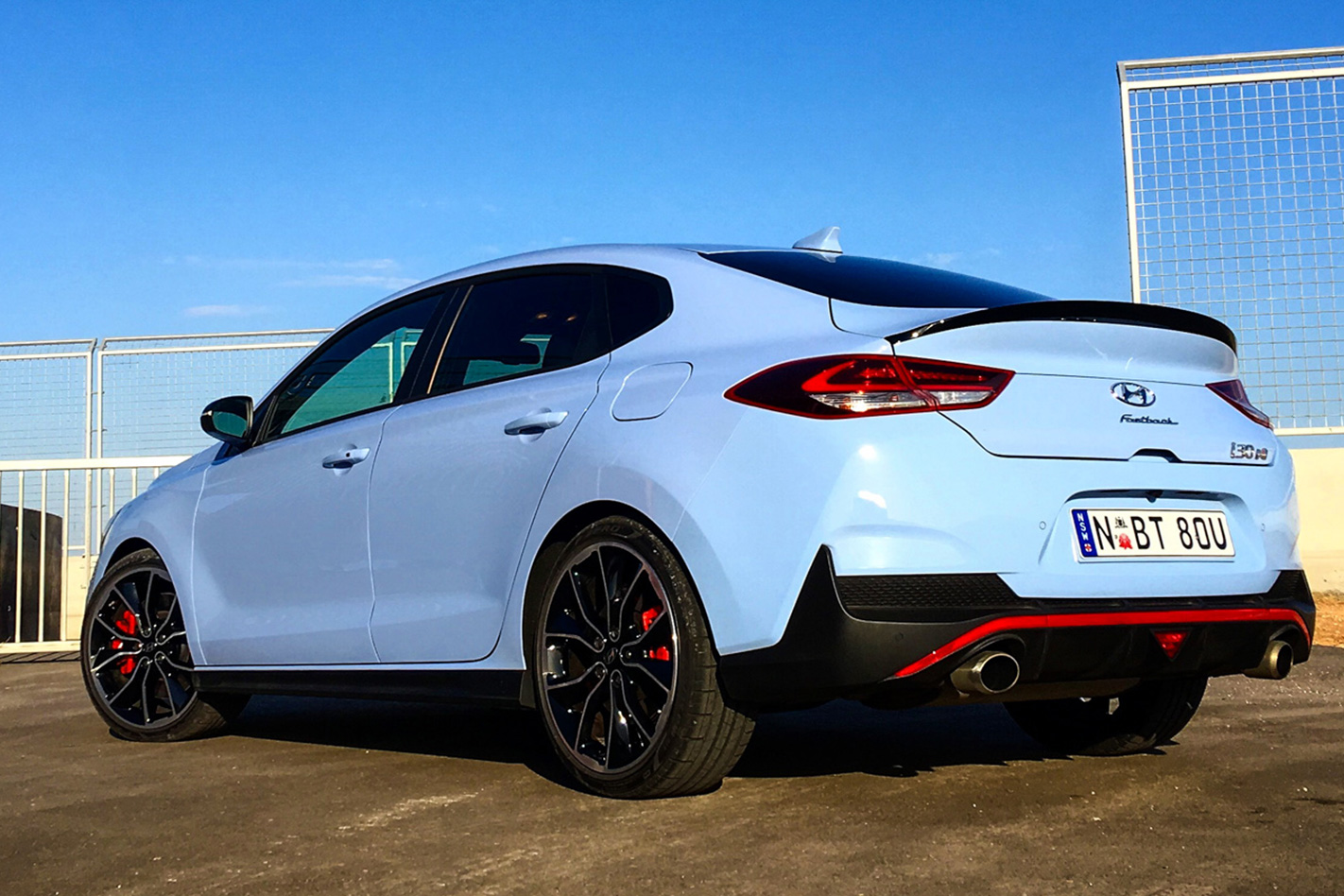
“Not [only] are we redoing the shock’s body, valve and piston, but we’ve also got a solenoid,” he said. “We can also control the damper’s curve [the speed at which the shock shaft moves, essentially] using the solenoid, and then by using electronics we’ll vary how much flows through the solenoid, and how much bypasses it.”
Tuitahi says there is no shortcuts to creating the perfect damper tune either, despite the presence of electronics.
“It makes it so much more complex because you’re not only tuning a conventional damper, you’re also tuning an additional damper [in the solenoid], trying to consider what it will feel like as the software transitions between the two,” he said. “Then you’ve got to go out and actually do some software tuning, come back, revisit all the hardware again.”
When asked what he and the team were trying to achieve with the build, Tuitahi highlighted the fact that the fastback’s front end will react a little more quickly than the hatchback’s.
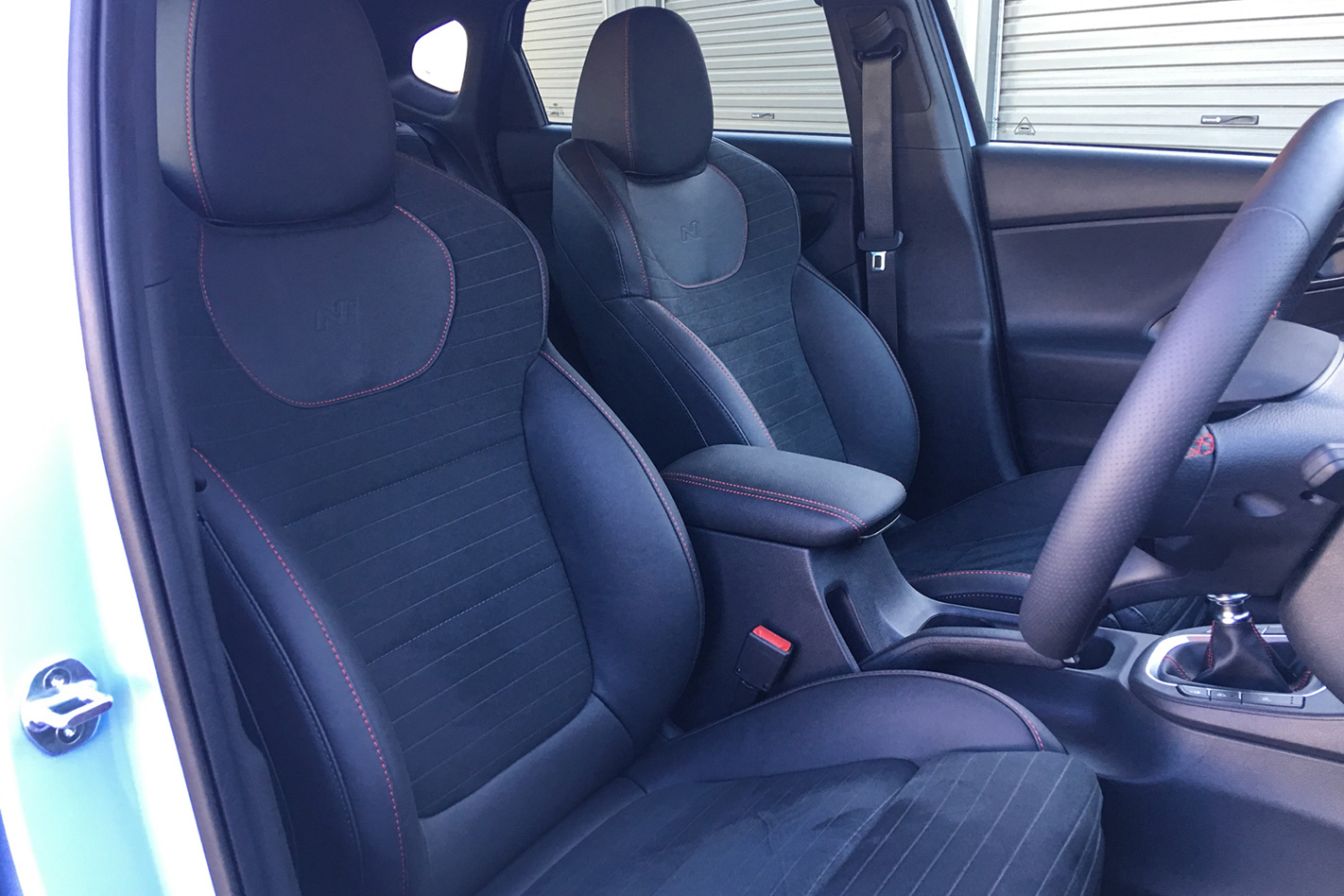
“Just gives you a little bit more initial bite,” he confirms. “A little bit more adjustability mid-corner and then we can use roll control in the software and I think you’ll probably see a bigger difference between the three modes in terms of cornering behaviour now, so normal, sport, and N now will be much more playful and we’ve been able to do that because of the front is a little bit softer.”
He added that the rear end is largely the same, though a pair of new toe links have been added as a running change, while rear damping has been firmed up slightly while leaving the spring rates as they were.
The i30 Fastback N’s steering also came in for some adjustments. “The steering has been re-tuned because of the difference in feel,” confirmed Tautahi. “The stabilising bar, especially, makes a big difference to how the steering feels, so it’s been re-tuned just to suit the new hardware.”

The fastback is slightly heavier than the hatch, but Tuatahi says it doesn’t come into play between the hatch and the fastback. “Those 12 kilos, as I was joking before, that’s like lunch,” he laughs. “To be completely honest, there were times depending on the prototype availability where we used the two bodies interchangeably during the suspension tuning, and we didn’t really focus in on trying to nail it for the fastback until really that last tune that we did in Germany with the whole team.”
All the fastback mods will transfer over to the hatch later in 2019 as well, confirmed Tuatahi.


